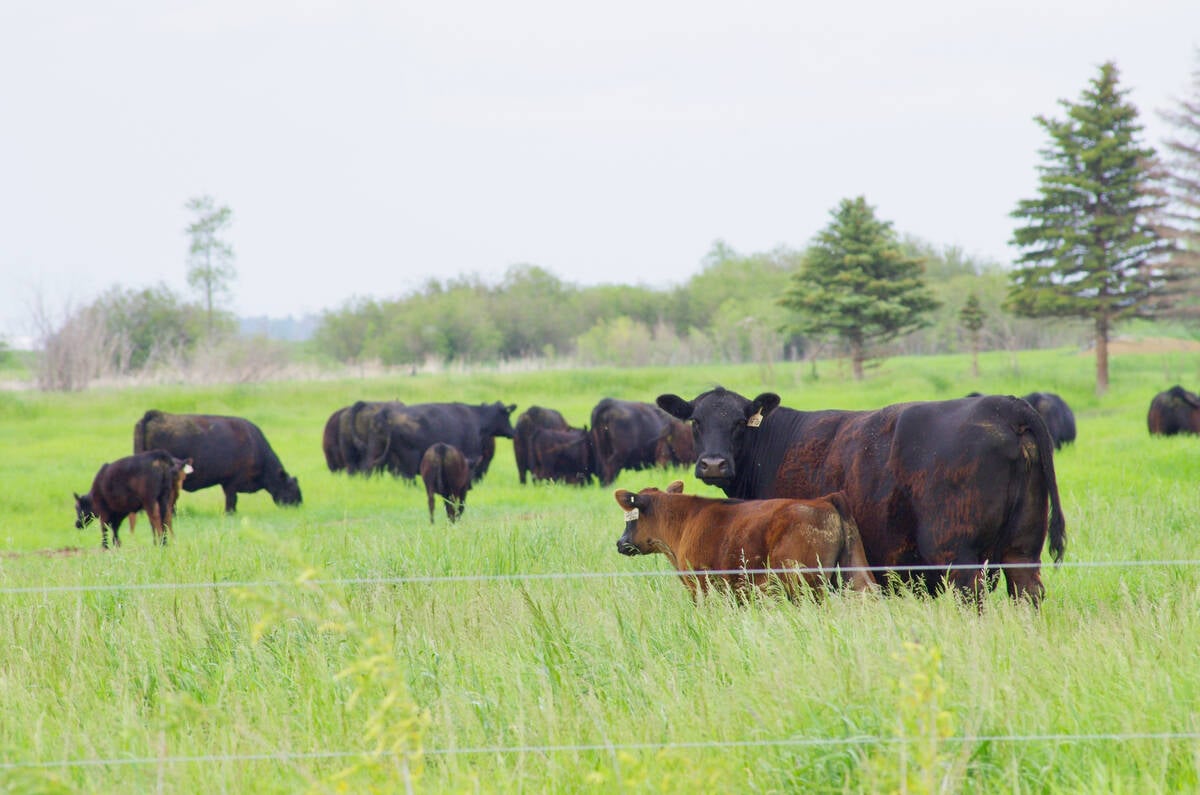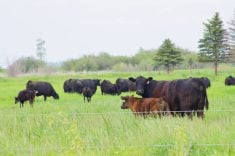Alberta Beef Producers delegates have defeated a resolution that called for government to pay for a comprehensive tracking program using the national electronic identification system.
However, most of those attending the group’s December annual meeting supported an improved tracking system.
The Canadian Cattle Identification Agency has submitted a plan to the federal government for a full animal movement and tracking system that could cost $40 million, said CCIA board member Tony Saretsky.
Some pilot projects have been developed, he added, and the agency has concluded that at the least tags should be read and recorded at the feedlots when cattle arrive.
Read Also

Tick research from the University of Manitoba focuses on insects and testing
Manitoba researchers are looking into the effects of tick and fly disease in cattle.
“We are hoping to have the tags read at the destination,” he said.
Tracking cattle in community pastures could be cumbersome so reading their tags at a feedlot or other gathering place would be better.
Another resolution requested more access to information beyond the original owner so that the next owners could obtain a history of the cattle as well as pass performance data back to breeders. Knowing the sellers’ names could work both ways, said feedlot operator Leighton Kolk of Iron Springs, because a feedlot could contact the rancher about problems or questions.
“It would also identify good performing cattle and return premiums to the producer,” he said.
However, others felt providing such information violates the original intent of the tag system, which promised producers privacy.
Producers could sign a waiver if they agree to releasing information, said delegate Rick McKnight of Jarvie.
However, ABP counsel Adrienne Waller said this can be done now, and meetings with the federal government will be held later this month to see if releasing this information contravenes privacy or personal information protection laws.

















